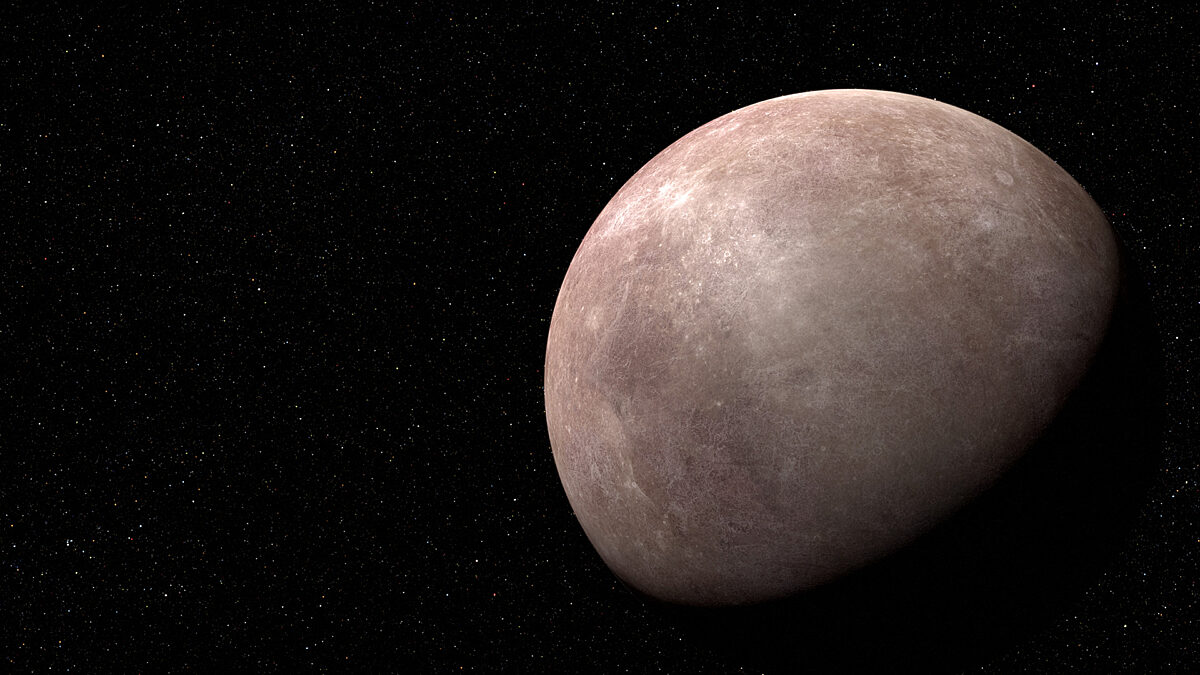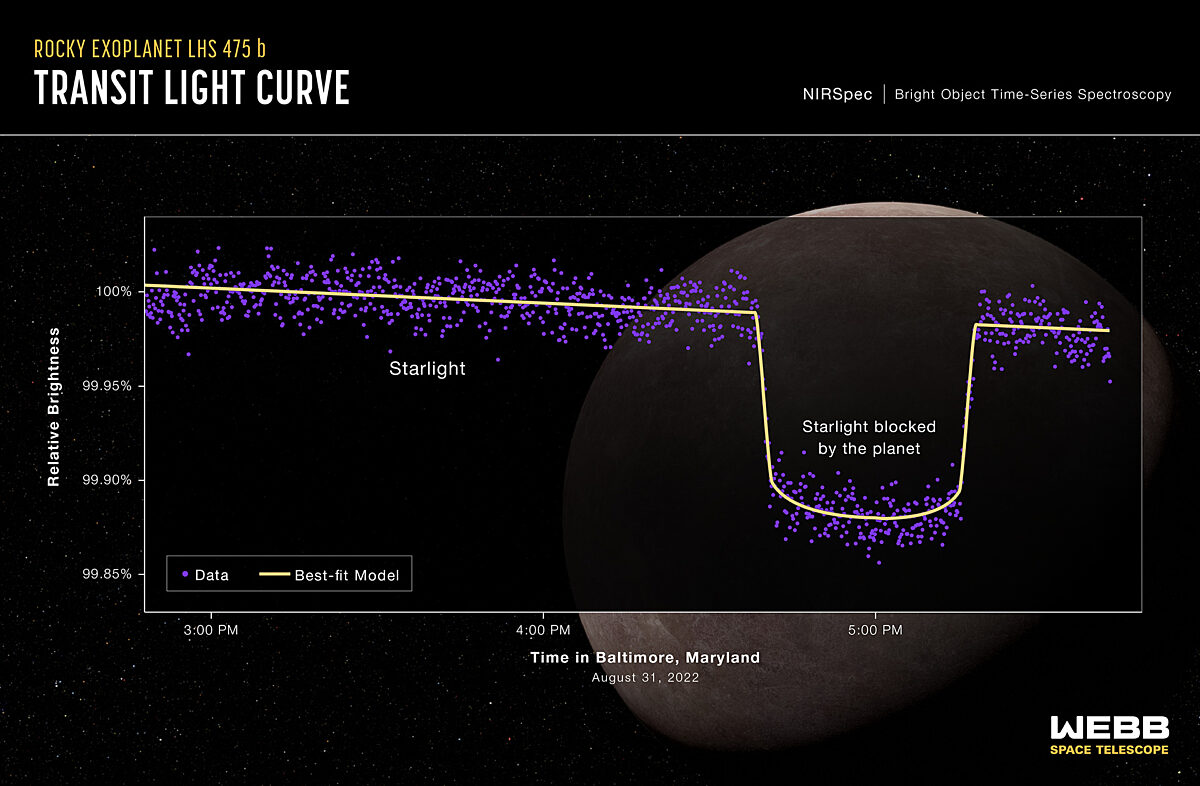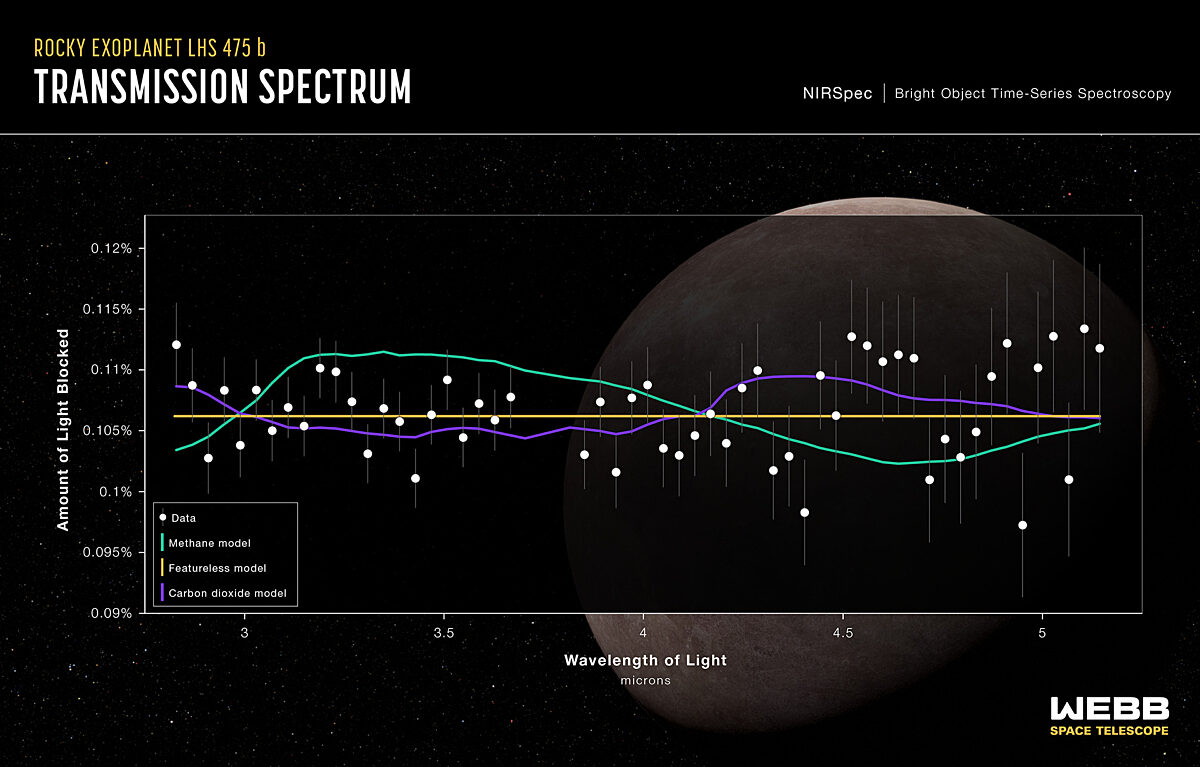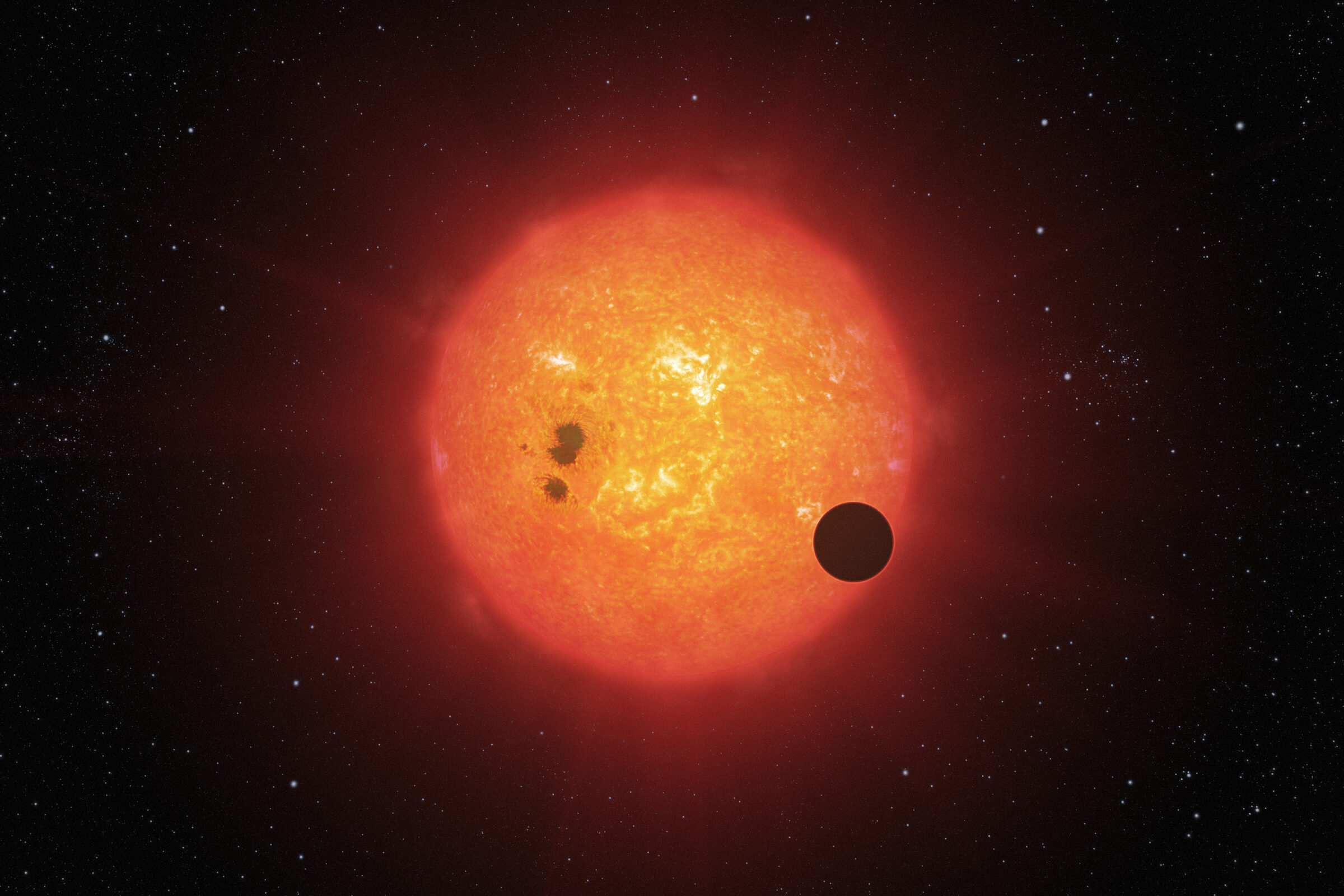Jamie Carter • Jan 26, 2023
How JWST confirmed its first exoplanet and opened a new frontier
The confirmation of a rocky Earth-sized world called LHS 475 b is a landmark moment for exoplanet hunters. This detection of a planet orbiting a star outside of our Solar System by the new James Webb Space Telescope (JWST) is a significant milestone not just because of the nature of the planet itself, but because it opens a tantalizing new frontier in the search for ever-smaller worlds around other stars.

Remarkably, LHS 475 b is 99% of Earth’s diameter. However, that’s where the similarity with our own planet ends. A year on LHS 475 b takes just two Earth days because it orbits closer to its star than any planet in the Solar System. It’s likely tidally locked, too, with one side always facing its host star while the other is in perpetual darkness. Only 40.7 light-years distant in the Southern Hemisphere constellation Octans, it orbits a red dwarf star less than half the temperature of the Sun.
An easy confirmation
The observations of LHS 475 b by JWST are groundbreaking because it’s a small, rocky planet – one of the most challenging types of exoplanet to find and study. It was initially detected as a potential world by NASA’s Transiting Exoplanet Survey Satellite (TESS), which looks for exoplanets crossing the disk of their stars. Researchers from the John Hopkins University Applied Physics Laboratory (JHU APL) in Laurel, Maryland then used JWST’s Near-Infrared Spectrograph (NIRSpec) instrument to take a look at the candidate exoplanet. On Aug. 31, 2022, it captured the planet easily and clearly with only two transit observations. The find was revealed on Jan. 11, 2023, at a press conference of the American Astronomical Society and published as a paper online.
“When we acquired the transit data from JWST we could definitively say that, yes, it was this star that the transit signal was coming from, that the planet radius was about one Earth radius, and, combined with a few other pieces of information we were confident that we could validate this planet as being a rocky Earth-sized planet,” said Kevin Stevenson, who with Jacob Lustig-Yaeger leads the research team at JHU APL. “It highlights the precision of JWST’s instruments.” He should know, having used JWST in August 2022 to detect carbon dioxide for the first time in the atmosphere of an exoplanet, “hot Jupiter” WASP-39b. That was a landmark moment in itself, but now it’s time for a new frontier — the big reveal of rocky exoplanets.

The new frontier
A decade ago hot Jupiters were a major focus in exoplanet research. These are gas giant exoplanets that closely orbit their stars, and so are super-heated. “It was the bleeding edge of what we could do with the telescopes at hand,” says Stevenson, referring to NASA’s Hubble and Spitzer space telescopes. With JWST’s arrival, he confidently predicts that such planets will be well understood within the next five years. “The new frontier is going to be these rocky planets, which were once undetectable from Earth,” he says.
The signal sizes of rocky planets like LHS 475 b are much smaller so it's more difficult to find and study them. That alone makes JWST a huge step forward. “We’re at the forefront of studying small, rocky exoplanets,” said Lustig-Yaeger. “We have barely begun scratching the surface of what their atmospheres might be like.” The team expects that now JWST is a live mission, the next decade or two will finally produce answers about these most elusive of exoplanets. LHS 475 b is just the first in a long queue of rocky worlds to be studied – and it got the full JWST treatment.
A story in starlight
Despite its incredible precision, JWST isn’t specifically designed to find exoplanets, but to reveal their atmospheres. So as they confirmed the existence of LHS 475 b the team was also able to begin to interpret its atmosphere.
As LHS 475 b transited across the disk of its host star, JWST’s NIRSpec instrument collected that starlight filtering through the planet’s atmosphere. Able to measure wavelengths of light in the visible and near-infrared spectrum, this spectrograph split up the colors in that starlight to study what the atmosphere is made of. It revealed a relatively flat spectrum, meaning JWST did not observe a detectable quantity of any element or molecule around LHS 475 b. Game over? Not at all.

Venus, Mars, or Titan?
“A flat line can be interpreted many different ways,” said Stevenson. One possibility is a carbon dioxide-dominated atmosphere. “It could be a Venus-like planet where you have carbon dioxide as the primary constituent within the atmosphere, making it a very heavy high molecular weight atmosphere with high altitude clouds or hazes that obscure molecular features within the atmosphere,” he said.
That would make LHS 475 b very similar to GJ 1214 b, a “super-Earth” exoplanet 40 light-years distant in the constellation of Ophiuchus. In 2013 the Hubble Space Telescope obtained the flattest spectrum ever measured when studying GJ 1214 b, with researchers concluding that it was likely high altitude clouds or haze obscuring molecular features within the atmosphere. That could be the case with LHS 475 b. “Or it could be more like Mars, where you have a tenuous or no atmosphere because that would also produce a flat spectrum,” said Stevenson.

What can be said for sure about LHS 475 b is that its atmosphere is not Earth-like. If it were, its transmission spectrum would reveal traces of carbon dioxide and water. A flat line also rules out a methane-dominated atmosphere, as found at Saturn’s giant moon Titan. All this was gleaned from just two transit observations of LHS 475 b by JWST. A third is expected in summer 2023, which will likely identify any presence of carbon dioxide – and possibly other molecules – in LHS 475 b’s atmosphere. If it even has an atmosphere.
Revealing a ‘cosmic shoreline’
The team’s groundbreaking work with LHS 475 b so far is only the first step in a program of JWST Cycle 1 observations of five exoplanets orbiting red dwarf stars within 50 light-years of the Solar System. The initial task is to study their atmospheres. “The planets in our program span a range of size and temperature, but most of them are around similar sorts of red dwarf stars and are all considered likely to have atmospheres,” says Stevenson.
However, the ultimate aim is to reveal a universal division that would revolutionize extrasolar science. “What we’re testing is the idea of a cosmic shoreline,” says Stevenson. Based on the Solar System, this is the idea that a planet or dwarf planet’s temperature and gravity together determine whether it has an atmosphere. “In our own Solar System those two factors more than any others control whether or not planets or dwarf planets have an atmosphere,” says Stevenson. “There’s a very clear divide between those bodies that have atmospheres and those that don’t.” Is this “Solar System shoreline” applicable to other star systems other than our own, and therefore a “cosmic shoreline?”
Exoplanet-hunters don’t know if rocky planets around red dwarf stars can retain their atmospheres. From this and other similar programs, JWST will find out and could provide the first evidence of a “cosmic shoreline.” Either way, with the detection of LHS 475 b it’s now certain that JWST is already making rocky exoplanet atmospheres a new frontier in science.


 Explore Worlds
Explore Worlds Find Life
Find Life Defend Earth
Defend Earth

